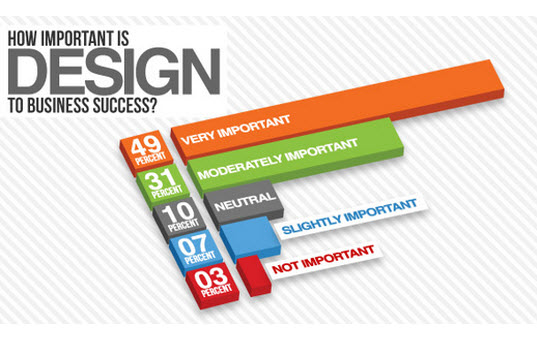The Development Of Internet Site Layout: From Past To Existing
The Development Of Internet Site Layout: From Past To Existing
Blog Article
Post By-Monroe Singer
In the past, websites were straightforward and focused on information. Navigation was straight, and design was for desktops. Currently, user experience is crucial. Data guides designs for very easy navigating. Responsive formats suit various gadgets. Today, dark setting reduces pressure, and minimal food selections enhance navigating. Interactive features involve users, and vibrant visuals stand apart. web page writing improves engagement. See just how design has developed to improve your on-line journey.
Very Early Days of Website Design
In the early days of website design, simplicity preponderated. Internet sites were basic, with limited colors, typefaces, and designs. The focus got on supplying info rather than showy visuals. Customers accessed the net via slow dial-up connections, so rate and performance were vital.
Navigating menus were straightforward, commonly situated on top or side of the web page. Internet sites were made for computer, as mobile browsing wasn't yet common. Web content was king, and designers prioritized simple readability over complex style aspects.
HTML was the key coding language used, and designers had to function within its constraints. Computer animations and interactive attributes were minimal contrasted to today's standards. Websites were fixed, with little dynamic content or tailored customer experiences.
Increase of User-Focused Style
With the advancement of website style, a shift in the direction of user-focused layout principles has actually become increasingly noticeable. Today, developing internet sites that focus on individual experience is critical for engaging site visitors and accomplishing service goals. User-focused design involves recognizing the demands, preferences, and behaviors of your target audience to customize the internet site's design, material, and features accordingly.
https://bankingjournal.aba.com/2022/07/the-value-of-competitor-social-media-analysis-the-value-of-competitor-social-media-analysis/ perform thorough research, such as customer studies and functionality testing, to gather understandings and responses straight from users. This data-driven approach aids in developing user-friendly navigating, clear calls-to-action, and aesthetically enticing user interfaces that resonate with visitors. By positioning the user at the facility of the style procedure, sites can provide a much more individualized and enjoyable experience.
Responsive style has also emerged as an essential aspect of user-focused style, making certain that web sites are optimized for numerous devices and screen sizes. This adaptability improves availability and functionality, dealing with the diverse means customers communicate with internet sites today. In essence, the surge of user-focused design represents a shift in the direction of developing electronic experiences that prioritize the demands and assumptions of completion user.
Modern Trends in Website Design
Explore the current patterns shaping website design today. One noticeable trend is dark setting layout, using a smooth and modern-day look while minimizing eye pressure in low-light environments. An additional essential trend is minimalist navigating, simplifying food selections and boosting individual experience by concentrating on essential elements. Incorporating micro-interactions, such as computer animated switches or scrolling effects, can develop a much more engaging and interactive site. Responsive layout stays essential, making sure seamless user experiences across different tools. Furthermore, utilizing strong typography and asymmetrical formats can include visual passion and accentuate details content.
Incorporating AI technology, like chatbots for customer support or individualized suggestions, boosts user engagement and improves processes. Ease of access has also end up being a substantial pattern, with developers focusing on inclusive layout practices to deal with diverse user demands. Accepting sustainability by enhancing internet site performance for rate and effectiveness is one more emerging trend in web design. Collaborating with individual responses and data analytics to iterate and improve layout continuously is essential for remaining pertinent in the ever-evolving digital landscape. By embracing these modern-day patterns, you can produce an aesthetically attractive, straightforward internet site that reverberates with your target market.
Conclusion
As you assess the development of internet site design from the very early days to now, you can see how user-focused design has actually ended up being the driving pressure behind contemporary trends.
Welcome the trip of modification and adjustment in web design, always maintaining the user experience at the leading edge.
Stay existing with the latest trends and innovations, and never ever quit progressing your technique to develop aesthetically sensational and straightforward web sites.
Advance, adjust, and produce - the future of website design is in your hands.
